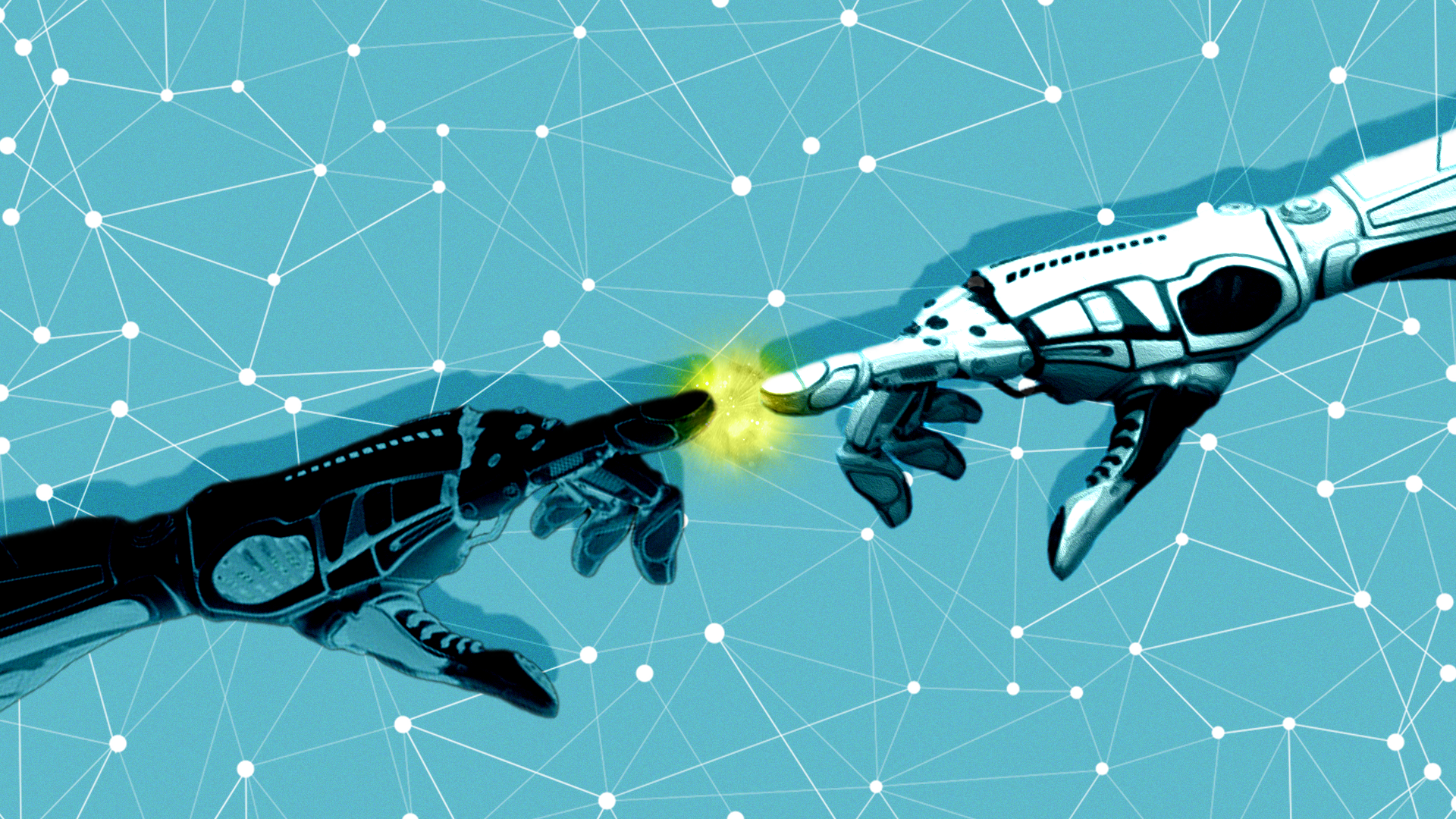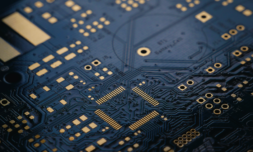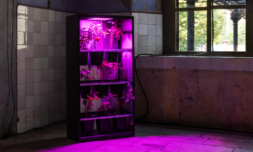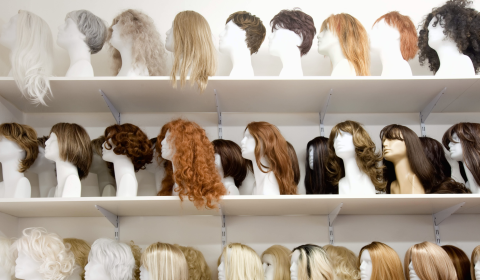It’s but a matter of time until humanity is completely redundant… well not really, but this is definitely big. Living robots can now technically reproduce.
If you’re expecting some kind of kinky rendition of Transformers, take your dirty mind and head elsewhere. There’s nothing arousing about this, though it is amazing.
In 2020, while most of us were resigned to a life of solitude, a cohort of US scientists were busy creating living organisms from a supercomputer – because, why not?
Said organisms, which scientists refer to as ‘xenobots’ (low-key alarming if you’ve seen Aliens), were created by running virtual skin and heart cells through a canny computer algorithm. Their studies revealed these can survive for weeks on their own embryonic energy stores.
Now, as part of their bizarre endeavours the same scientists have discovered that two xenobots can actively reproduce. There’s no bumping uglies at a molecular level, mind, but rather a rare phenomenon called kinematic replication.
When placed in a petri dish with stem cells from frog larvae, the bots swept the cells into little round piles which morphed together to form offspring – or mini robots, if you prefer. This process has been seen previously in molecular machines but had never been observed at the scale of whole cells of organisms.
Aesthetically, these xenobots probably aren’t what you’d expect if you’ve been conditioned by traditional sci-fi culture. The supercomputer’s AI transformed originally spherical blobs into a more reproduction friendly shape, which just so happens to look uncannily like Pac-Man (and a bit like KFC’s popcorn chicken).




















